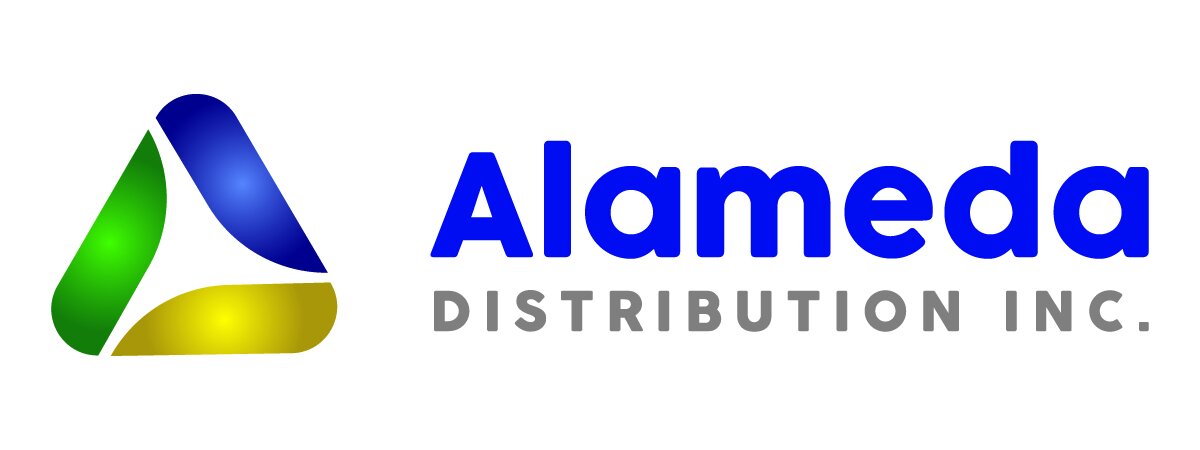Why is drayage important for businesses near the Ports of Long Beach?
Drayage plays a crucial role in the logistics and supply chain industry, especially for businesses located near major ports like the Ports of Long Beach. Understanding the significance of drayage can help businesses optimize their operations and maintain a competitive edge. In this blog, we'll explore why drayage is so important and how it impacts businesses near the Ports of Long Beach.
What is drayage?
Drayage refers to the transportation of goods over a short distance, typically between ports and nearby facilities. It's a critical part of the supply chain, ensuring goods are moved swiftly from ships to warehouses or other transportation modes.
In essence, drayage acts as the crucial link that connects the vast expanse of intermodal shipping containers from colossal cargo ships to their next local destination. This process, although seemingly brief, is packed with complexities. In a bustling port environment, efficient coordination and precise timing are vital to handle the sheer volume of goods arriving daily.
Imagine the truck drivers who expertly navigate the intricate web of port terminals, efficiently moving goods from point A to B. Their role cannot be overstated, as they're fundamental in ensuring these goods reach distribution centers, supporting the entire logistics ecosystem. The Ports of Long Beach, being one of the nation's busiest, serve as a testament to the pivotal role of drayage in maintaining a seamless supply chain flow.
The role of drayage in logistics
Drayage serves as the bridge between ocean freight and the next stage of delivery. It is essential for maintaining the flow of goods, preventing bottlenecks at ports, and ensuring timely delivery.
One of the primary roles of drayage is to minimize delays in the logistics chain. By efficiently transferring containers from the port to nearby facilities, drayage helps prevent the dreaded backup of ships waiting to dock. This smooth transition ensures that goods can be swiftly offloaded, processed, and transported to their final destinations.
Moreover, drayage is integral in reducing logistical costs. By optimizing routes and employing strategic logistics planning, businesses can capitalize on reduced fuel consumption and time, ultimately improving their bottom line. In a competitive market, this cost-effective approach can be a game-changer.
Economic benefits for local businesses
For businesses near the Ports of Long Beach, efficient drayage means reduced shipping times and lower transportation costs, making it easier to meet customer demands and enhance competitiveness.
The economic advantages of effective drayage are significant. Local businesses benefit from the proximity to major ports by enjoying swift inbound and outbound logistics, allowing them to operate with leaner inventory management and quicker turnaround times. This efficiency not only lowers operating costs but also enhances customer satisfaction as products reach the market faster.
In this fast-paced world, gaining a logistical edge can propel a business ahead of its competitors. Efficient drayage operations empower companies to respond rapidly to shifts in demand, thereby securing their foothold in the market. Businesses can capitalize on these advantages to provide an exceptional customer experience, ensuring loyalty and repeat business.
Enhancing supply chain reliability
Reliable drayage operations ensure consistent and reliable transfer of goods, which is crucial for maintaining inventory levels and meeting market demands effectively.
In the intricate web of supply chains, reliability is key. Drayage helps safeguard against disruptions by offering predictability and consistency in the movement of goods. Businesses that can rely on a steady influx of products are better positioned to fulfill orders without delay and maintain optimal stock levels.
Moreover, a dependable drayage service minimizes the risk of miscommunication and loss, ensuring that goods are traceable and accounted for throughout their journey. This translates to peace of mind for businesses and lays the foundation for a robust supply chain infrastructure.
Adapting to changes and challenges
As the logistics landscape evolves, businesses must adapt to new regulations, environmental standards, and technological advancements in drayage to stay competitive.
The drayage sector is not static; it's continuously shifting in response to global trends and regulations. Businesses must be agile, adapting to changes such as emission regulations while incorporating technology that streamlines operations. Investing in sustainable drayage solutions can lead to long-term benefits and align with broader environmental goals.
Embracing innovation, such as utilizing digital platforms for efficient coordination and tracking, can enhance transparency and improve decision-making processes. Forward-looking businesses that adopt these changes not only meet current operational benchmarks but set themselves up for future success in an ever-evolving marketplace.
Conclusion
In conclusion, drayage is a vital component of the logistics system, especially for businesses near the Ports of Long Beach. It not only facilitates the efficient movement of goods but also reduces operational costs, enhances supply chain reliability, and provides businesses with the flexibility to adapt to changing demands. By understanding and optimizing their drayage operations, businesses can significantly improve their efficiency and profitability. For more insights on optimizing your logistics operations, visit Alameda Distribution Inc..

